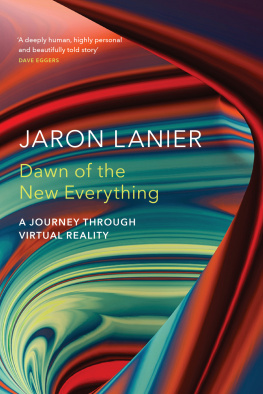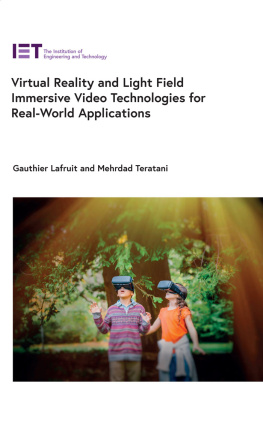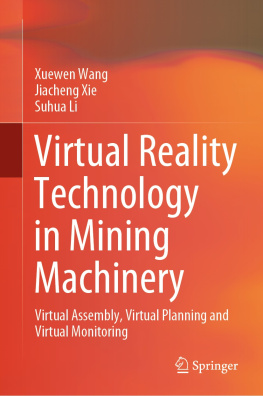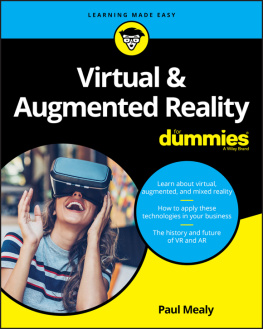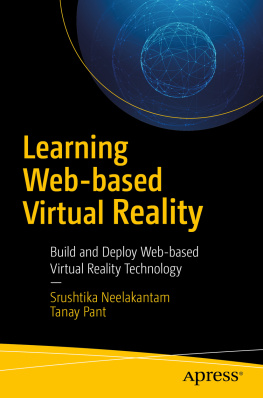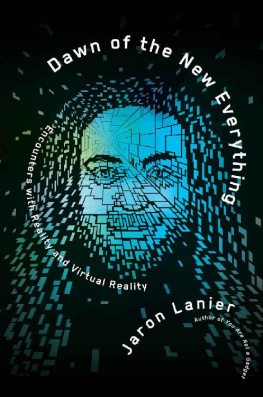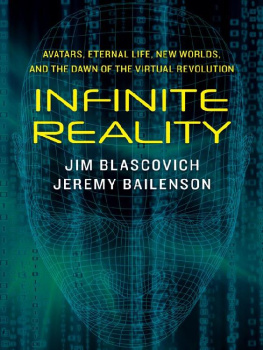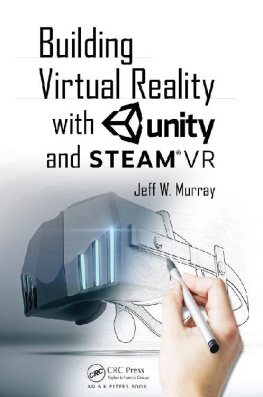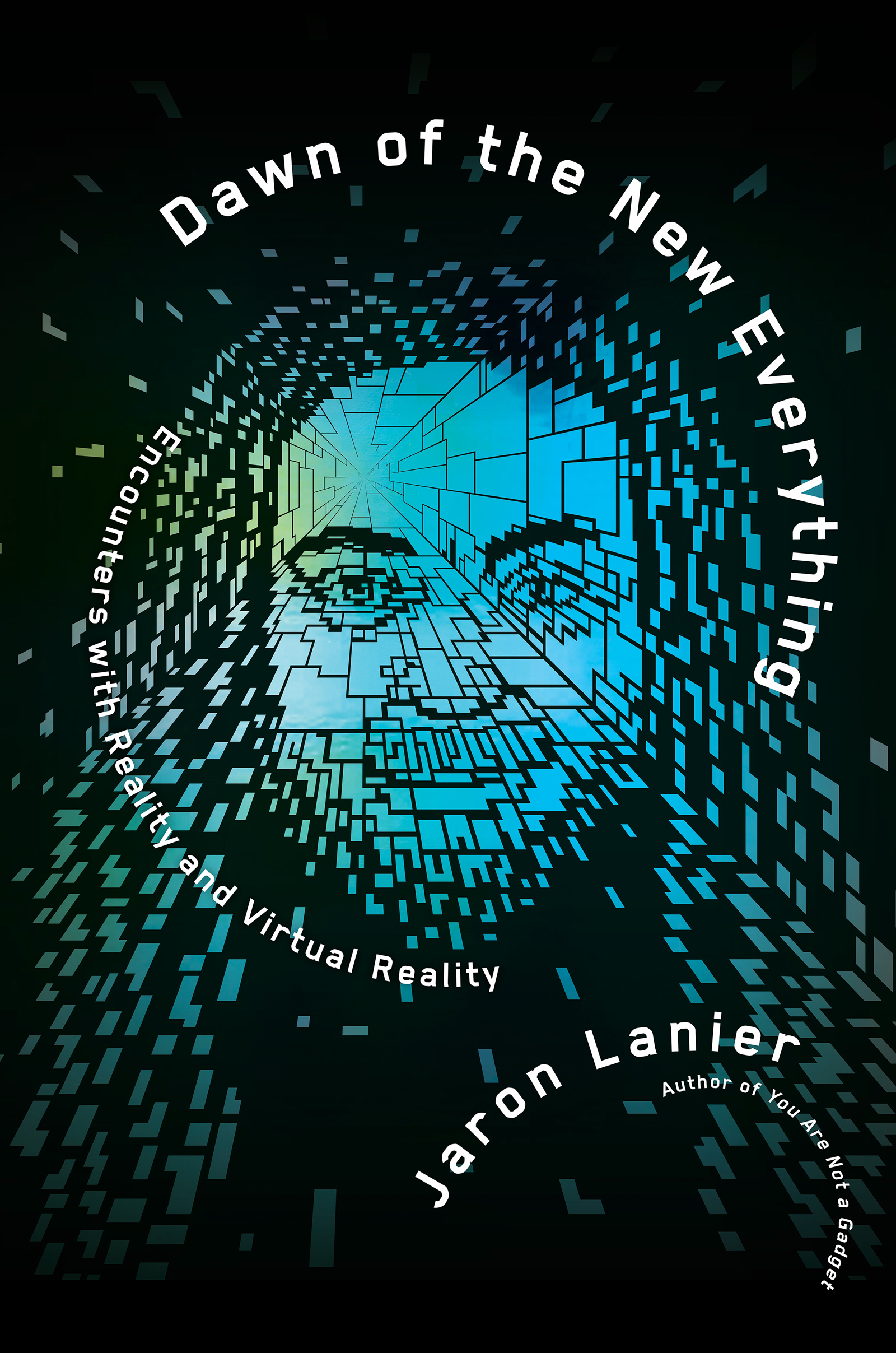Contents
Guide
Pagebreaks of the print version

The author and publisher have provided this e-book to you for your personal use only. You may not make this e-book publicly available in any way. Copyright infringement is against the law. If you believe the copy of this e-book you are reading infringes on the authors copyright, please notify the publisher at: us.macmillanusa.com/piracy.
To everyone mentioned in this book and the many more I wish Id been able to mention: thank you for giving me my life.
Some passages of the present work are adapted from my contributions to John Brockmans edge.org or my anthologies of science writing. Other passages are adapted from my works originally published in the Whole Earth Review or the New York Times .
My wife, Lena, not only supported and put up with me while I wrote this book, but I am astonished at the strength and brilliance she displayed during a period when she was battling cancer. Thank you!
Thanks to Maureen Dowd for correspondence that inspired some passages.
Thanks to Satya Nadella, Peter Lee, Harry Shum, and everyone else at Microsoft Research for their camaraderie and support. Not a word here represents a Microsoft point of view, of course.
Thanks to Mary and Steve Swig for the writing cottage at The Shadows.
Thanks to my editors, Gillian Blake in the USA and Will Hammond in the UK, for their always graceful interventions, and especially for their patience during a year of delays and difficult circumstances; and to my agents, especially Jay Mandel. Thanks to Eleanor Embry at Holt for her tireless attention to manuscript details.
Thanks for reading early drafts: Michael Angiulo, Tom Annau, Jeremy Bailenson, Steven Barclay, Maureen Dowd, George Dyson, Dave Eggers, Mar Gonzales Franco, Edward Frenkel, Alex Gibney, Ken Goldberg, Joseph Gordon-Levitt, Lena Lanier, Matthew McCauley, Chris Milk, Jane Rosenthal, Lee Smolin, Mary Swig, and Glen Weyl.
It was the late 1980s, and a large envelope with a formidable DO NOT X-RAY sticker had just been dropped through the slot of the front door of a tech startup in Redwood City, California. The envelope contained a floppy disk that held the first digital model of a whole city. We had been waiting all morning. Jaron, its here, get to the lab! One of the engineers rushed to snatch the envelope before anyone else could get at it, sliced it open, ran to the lab, and slid the disk into a slot in a computer.
It was time for me to enter a brand-new virtual world.
I squinted up at my hand against a perfectly clear blue sky. My gargantuan hand, soaring above downtown Seattle. It might have been a thousand feet from wrist to fingertip.
There was a bug, obviously. A hand should be about the right size to pick up an apple or a baseball, not bigger than a skyscraper. You shouldnt have to measure a hand in feet, much less thousands of them.
The city was abstract. This was in the early days of VR, so plasticine blocks stood in for most buildings, in a jumble of too-cheerful-for-Seattle colors. The fog was preternaturally uniform and milky.
My first thought was to stop and fix the bug, but instead I took a moment to experiment. I flew down and tried to nudge a ferry on the sparkling Puget Sound. It worked! I had control. Not what I expected. That meant that I could still inhabit my hand when it was preposterously huge.
Once in a while, a bug in VR exposes a fresh way that people can connect to the world and each other. Those are the best moments. I always stop and linger when it happens, to hang on to the sensation.
After a few experiences of VR bugs, you have to ask yourself, Who is it who is suspended in nothing, experiencing these events? It is you, but not exactly. What is left of you when you can change virtually everything about your body and the world?
A bundle of cables connected my EyePhone, through a loop hanging from the ceiling, to a line of refrigerator-size computers that roared to keep cool. I wore a DataGlove on my hand; slick black mesh woven through with fiber optic sensors, and yet more thick cables from the wrist arcing up to ceiling rings. Blinking lights, flickering screens. The EyePhones rubber rings left moist red indentations around my eyes.
I wondered at the strangeness of the world I found myself in, now back in the lab. Buildings in Silicon Valley used to have carpeted walls and cheap Space Age desks with fake wood grain. A faint smell of aluminum and dirty water.
A gang of eccentric technical geniuses converged, impatient to try. Chuck in his wheelchair; a robust, bearded lumberjack. Tom acting all professional and analytical, even though only a few minutes earlier hed been telling me about his crazy adventures exploring San Francisco overnight. Ann seemed to be wondering why she was yet again cast in the role of the only adult in the room.
Did it feel like being in Seattle?
Kind of, I said. Its, its marvelous. Everyone shoved toward the gear. Every little iteration of our project got better. Theres a bug. The avatar hand is hugeby magnitudes.
I never got tired of the simple act of using my hand inside VR. When you could bring your body in there, you were not just an observer, but a native. But every tiny detail of functionality, of figuring out how a virtual hand could hold virtual things, turned out to be a struggle.
Fix a problem with how virtual fingertips mistakenly penetrate objects they are trying to pick up, and you might accidentally make the hand gargantuan. Everything connects with everything. Every tweak of the rules of a new world is a potential setting for a startling, surrealistic bug.
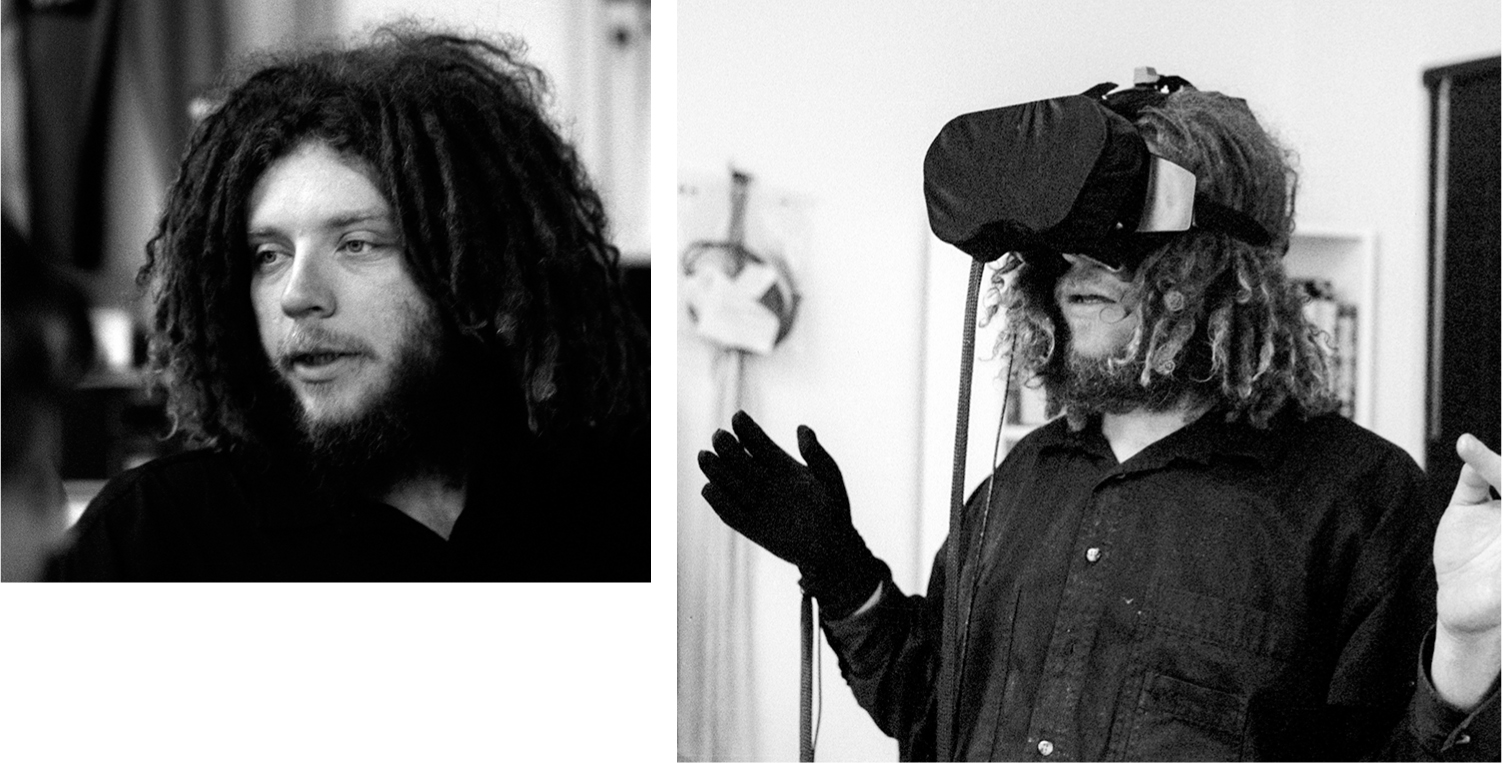
The author as he appeared in the late 1980s outside and inside VR.
Bugs were the dreams within virtual reality. They transformed you.
A moment with a giant hand changed not only how virtual reality felt to me, but how physical reality felt. My friends in the room now looked like pulsing beings, translucent. Their transparent eyes were filled with meaning. This was not hallucination, but improved perception.
Physicality revealed in fresh light.
VR is those big headsets that make people look ridiculous from the outside; those who wear them radiate startled delight at what theyre experiencing from the inside. Its one of the dominant clichs of science fiction. Its where war veterans overcome PTSD. The very thought of VR is the fuel for millions of late night reveries about consciousness and reality. Its one of the only ways, for the moment, to raise billions of dollars fleetly in Silicon Valley without necessarily promising to spy on everybody.
VR is one of the scientific, philosophical, and technological frontiers of our era. It is a means for creating comprehensive illusions that youre in a different place, perhaps a fantastical, alien environment, perhaps with a body that is far from human. And yet its also the farthest-reaching apparatus for researching what a human being is in the terms of cognition and perception.
Never has a medium been so potent for beauty and so vulnerable to creepiness. Virtual reality will test us. It will amplify our character more than other media ever have.
Virtual reality is all these things and more.
My friends and I founded the first VR startup, VPL Research, Inc., in 1984. This book tells our story, and explores what VR might mean to the human future.



